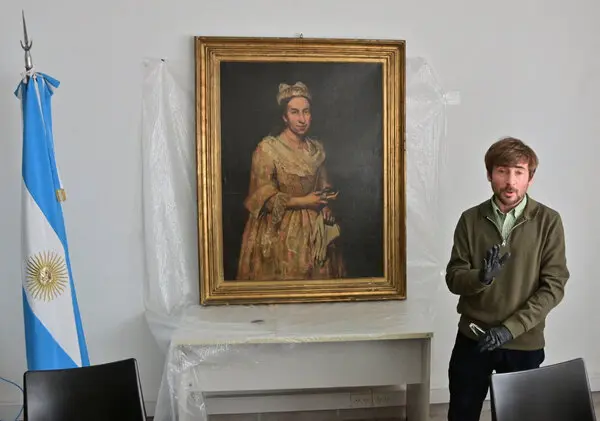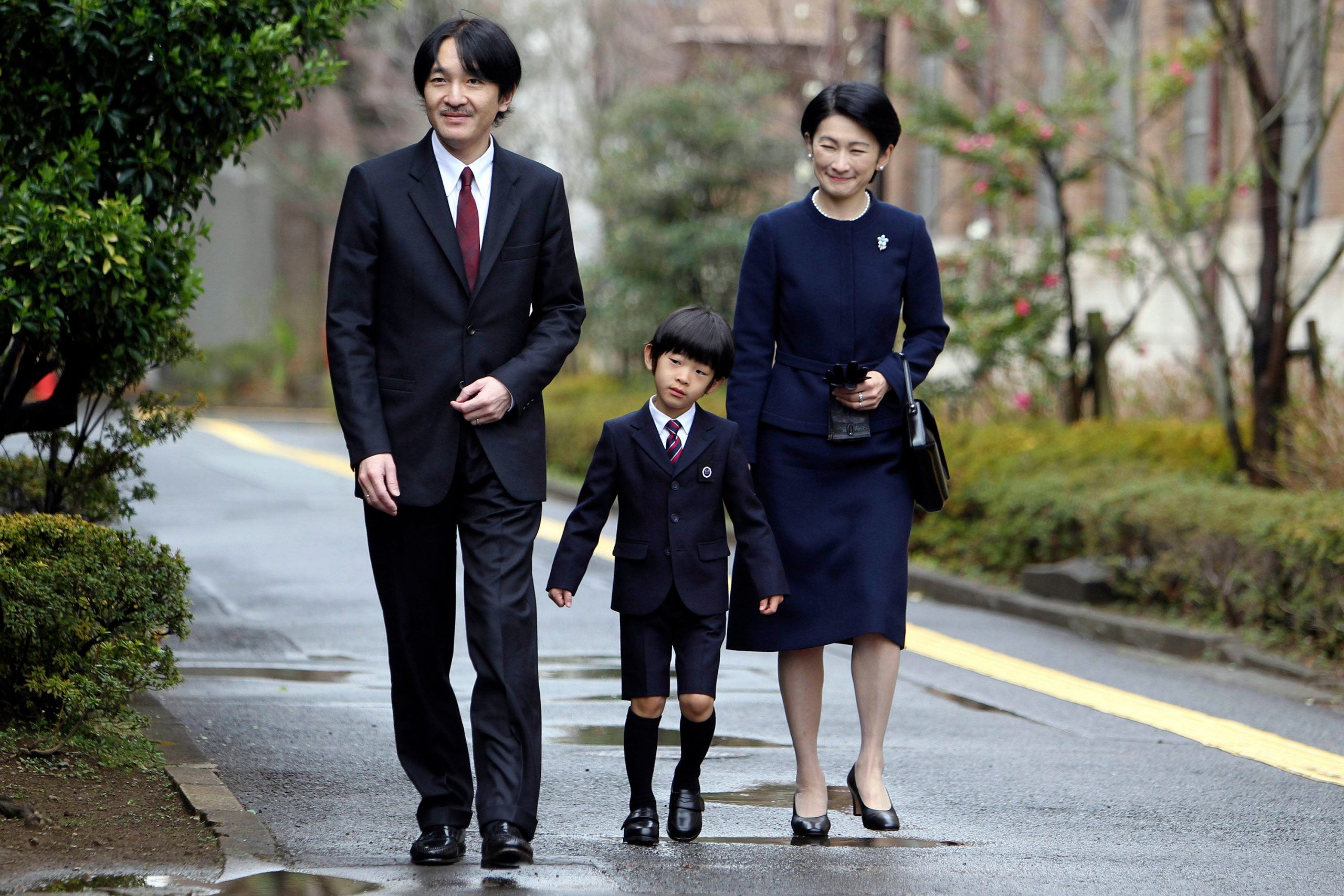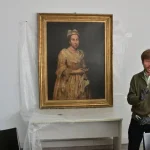In a remarkable development that has captured international attention, a 17th-century painting looted by the Nazis during World War II has been rediscovered in Argentina. The artwork, Portrait of a Lady by Italian painter Giuseppe Ghislandi, also known as Fra Galgario, was part of the collection of Jewish art dealer Jacques Goudstikker in Amsterdam. Goudstikker’s collection was forcibly sold to Hermann Göring in 1940 during the Nazi occupation of the Netherlands. The painting had been missing for decades until investigators uncovered it in a private residence in Mar del Plata in 2025. This discovery sheds light on the ongoing saga of Nazi-looted art, the challenges of restitution, and the historical wounds left by wartime theft. The recovery not only excites art historians but also raises profound legal, ethical, and cultural questions about the handling and return of stolen masterpieces.
- The History of the Painting
- The Discovery in Argentina
- The Significance of the Recovery
- Legal and Ethical Considerations
- Impact on the Art World
- International Reactions
- Public and Cultural Significance
- Looking Ahead
- Frequently Asked Questions
- What is the significance of the painting Portrait of a Lady?
- Who was Jacques Goudstikker?
- How was the painting discovered in Argentina?
- What legal actions were taken?
- Why is this recovery important for the art world?
- Conclusion
The History of the Painting
Portrait of a Lady was painted in the early 18th century by Giuseppe Ghislandi, a master of the Baroque portrait style, renowned for his lifelike depictions and intricate attention to detail. The painting originally portrayed Countess Colleoni, a prominent figure in Milanese nobility, and was acquired by Jacques Goudstikker in the early 20th century. When the Nazis invaded the Netherlands, Goudstikker fled but was forced to leave his entire collection behind, which Göring systematically expropriated. This forced sale was part of a larger campaign in which hundreds of thousands of artworks were seized from Jewish collectors, galleries, and museums, creating one of the largest art theft operations in history. Over the decades, many pieces were dispersed across Europe and South America, while others vanished entirely, leaving families and historians in pursuit of restitution.
The Discovery in Argentina
The painting’s rediscovery began when Dutch journalists investigating the post-war movements of Nazi officials came across a real estate listing in Mar del Plata, Argentina. The listing featured a photograph of the property with Portrait of a Lady clearly visible on the wall. The property belonged to Patricia Kadgien, daughter of Friedrich Kadgien, a former Nazi officer who had been involved in transporting looted art to South America after the war. Argentine authorities quickly moved to seize the painting and launched an investigation into the Kadgien family’s possession of stolen artworks. Patricia Kadgien and her husband were arrested for concealing the painting and obstructing justice. This discovery highlighted the decades-long challenges in tracing looted art and demonstrated that even after more than 80 years, these treasures can resurface in unexpected locations.
The Significance of the Recovery
The recovery of Portrait of a Lady carries immense significance for both the Goudstikker family and the broader art world. It is one of over 1,000 artworks looted from Goudstikker’s collection, many of which are still missing. Returning this piece represents not just a personal victory for the descendants but also a symbolic restitution of cultural heritage stolen during the Holocaust. Legal scholars note that the case sets a precedent for international collaboration in recovering stolen artworks, as it involved coordinated efforts between Dutch researchers and Argentine authorities. Experts argue that this case will likely inspire renewed efforts to locate and return other missing pieces, highlighting the importance of persistence and international cooperation in matters of cultural restitution.
Legal and Ethical Considerations
Restitution of Nazi-looted art involves navigating complex international laws and ethical considerations. Legally, the painting must be returned to the rightful heirs while ensuring the investigation into the Kadgien family is thorough and fair. Ethically, the case underscores the responsibilities of collectors, institutions, and individuals to verify the provenance of artworks before acquiring or displaying them. Art historian Dr. Laura Mendel emphasizes, “The rediscovery of Portrait of a Lady reminds us that looted art is not just a historical curiosity—it carries with it the weight of loss, injustice, and the enduring need for accountability.” The case illustrates the intersection of legal diligence and moral obligation, showing that restitution efforts are critical not only for families affected but also for preserving cultural integrity.
Impact on the Art World
The news of the painting’s recovery has resonated widely among museums, galleries, and art collectors. Institutions are being reminded of the importance of provenance research, as even decades later, artworks with questionable histories may emerge. The case also sparks broader discussion on how museums and private collectors handle artworks with contested or stolen histories. Experts note that the visibility of the Goudstikker restitution cases encourages transparency and accountability, prompting a reevaluation of policies regarding acquisitions, exhibitions, and archival research. Additionally, the rediscovery of the painting serves as a poignant reminder of the human stories behind these objects, connecting art with the lived experiences of those who endured displacement, persecution, and loss during World War II.
International Reactions
Governments and cultural organizations around the world have lauded the recovery. The Netherlands, in particular, has emphasized the importance of repatriating stolen cultural assets to the descendants of their original owners. The case has reignited discussions within the United Nations and the International Council of Museums regarding global mechanisms for restitution and preservation of art. Art law specialists predict that this discovery will influence international protocols, encouraging stricter documentation, more extensive provenance research, and proactive measures to return looted cultural artifacts.
Public and Cultural Significance
For the public, the painting’s recovery is not only a victory for justice but also a celebration of cultural heritage. The story has captured imaginations worldwide, highlighting the resilience of families determined to reclaim their history and the enduring legacy of artistic achievements that transcend generations. Cultural commentators suggest that such rediscoveries contribute to broader historical understanding, bridging gaps between the past and present while reinforcing the moral imperative to confront the atrocities of history.
Looking Ahead
As Portrait of a Lady prepares to return to the Goudstikker family, attention shifts to ongoing efforts to recover other looted artworks. Experts anticipate more discoveries as records, archives, and investigative journalism continue to reveal hidden treasures across the globe. The case serves as a model for effective international collaboration, emphasizing that historical injustices, while long-standing, can still be addressed. For the Goudstikker heirs and the art community, the painting’s return represents hope and accountability, demonstrating that even decades later, the pursuit of justice in cultural restitution remains viable and meaningful.
Frequently Asked Questions
What is the significance of the painting Portrait of a Lady?
Portrait of a Lady is a 17th-century artwork by Giuseppe Ghislandi that was looted by the Nazis during World War II. Its rediscovery in Argentina highlights the ongoing efforts to recover stolen art and restore cultural heritage to its rightful owners.
Who was Jacques Goudstikker?
Jacques Goudstikker was a Jewish art dealer in Amsterdam whose extensive collection was forcibly sold to Hermann Göring in 1940. Many of the artworks, including Portrait of a Lady, were looted during the Nazi occupation and have been the subject of international restitution efforts.
How was the painting discovered in Argentina?
The painting was discovered after Dutch journalists identified a photograph in a real estate listing for a home in Mar del Plata, Argentina, showing Portrait of a Lady. The property belonged to Patricia Kadgien, daughter of a former Nazi officer involved in art looting.
What legal actions were taken?
Argentine authorities seized the painting and arrested Patricia Kadgien and her husband on charges of concealing stolen artwork and obstructing justice. Efforts are underway to ensure the painting is returned to the Goudstikker heirs.
Why is this recovery important for the art world?
The discovery emphasizes the importance of provenance research, ethical responsibility, and international cooperation in returning looted art. It also raises awareness about historical injustices and reinforces the need to preserve cultural heritage.
Conclusion
The rediscovery of Portrait of a Lady in Argentina serves as a powerful reminder of the enduring legacy of Nazi art theft and the long struggle for restitution. It highlights the importance of international collaboration, legal diligence, and ethical responsibility in recovering stolen cultural treasures. The painting’s return to the Goudstikker heirs is both a symbolic and tangible victory, reinforcing the principle that justice, even decades later, remains achievable. This case demonstrates the resilience of families, the vigilance of historians and journalists, and the ongoing need to confront historical injustices to preserve cultural memory for future generations.



















